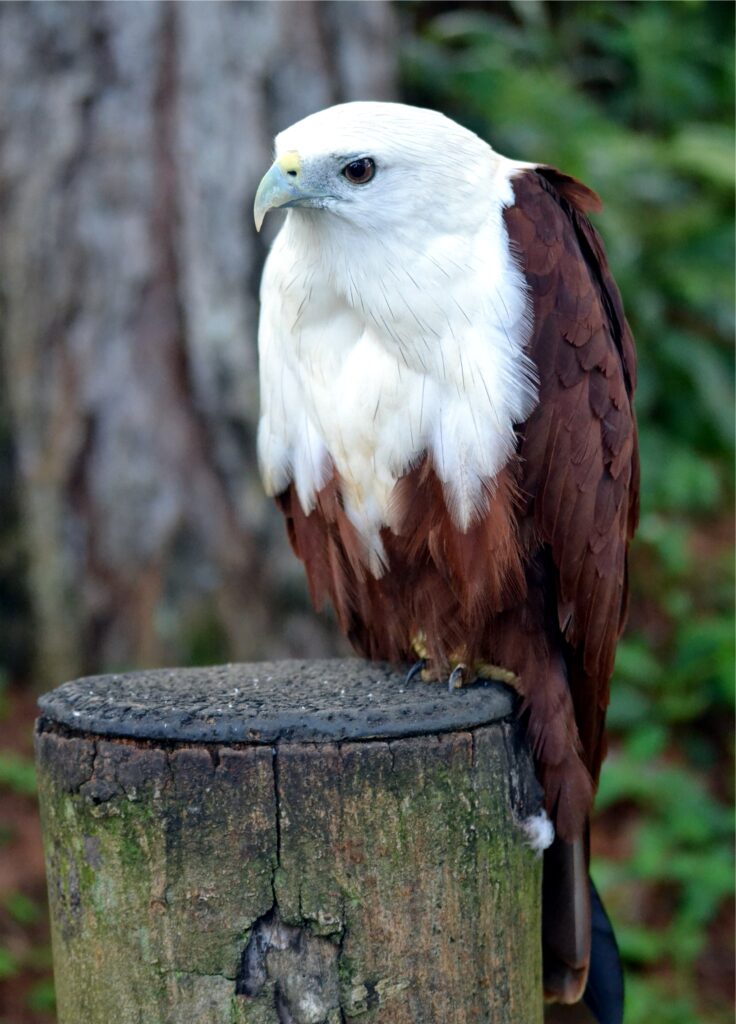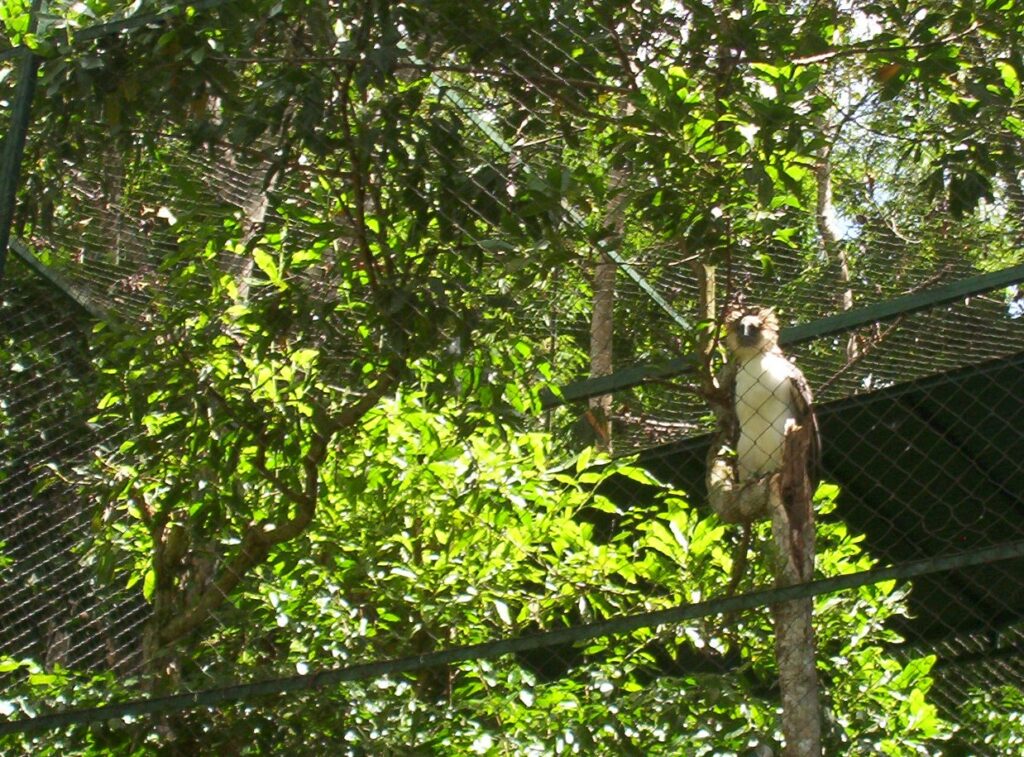WHERE HAVE ALL OUR BIRDS GONE?
Text and Photos by Henrylito D. Tacio
“Birds are out in the open, they are colorful and they like to be seen, unlike stealthy amphibians or mammals. When you don’t see them, you know something is wrong.” – Frank Fagano, United States Agency for International Development
***
Those exotic and mesmerizing birds face the worst possible future in the Philippines, and as far as bird conservationists are concerned, the country is considered a “biodiversity hotspot.”
A biodiversity hotspot is a biogeographic region that is both a significant reservoir of biodiversity and is threatened with destruction. In the country’s hotspot, over 530 bird species can be found – about 185 of these are endemic and over 60 are threatened.
Birdlife International has identified seven endemic bird areas in the country; these are Mindoro, Luzon, Negros and Panay, Cebu, Mindanao and the Eastern Visayas, the Sulu archipelago, and Palawan.
Dr. Desmond Allen, a British ornithologist and conservationist who had visited the Philippines years ago, said that some birds found in the country may soon join the dodo into extinction.

Dodo, a turkey-sized flightless bird with strong legs and a big bill, is now extinct. Its home was the island of Mauritius until it succumbed to the depredations of settlers. The last dodo died around 1681.
“Most Filipinos don’t know what a rich heritage they have in birds,” commented Dr. Allen, who was surprised not seeing a single wild bird during his brief stopover in Zamboanga City from Tawi-Tawi and Sulu. “I hope today’s generation can do something about it for their great-great-grandchildren.”
Threatened birds
In its most recent State of the World’s Birds report, Birdlife International singled out the Philippines as one of the four countries in Asia as among 10 countries with the highest numbers of globally threatened birds (the other three are Indonesia, China and India).
Dr. William L.R. Oliver, of the World Conservation Society, considered the Philippines as “one of the world’s most inhospitable places for birds.” He said the country is home to 40 “critically endangered” and “endangered” endemic bird species.
The International Union for Conservation of Nature (IUCN) considered endangered species as those in “danger of extinction.” In the Convention on International Trade of Endangered Species of Wild Fauna and Flora (CITES), those kinds of birds are listed under Appendix I: “the trade of species or subspecies of wildlife listed in this category is strictly prohibited except for educational, scientific or search and study purposes.”
The IUCN listed these two Philippine birds as endangered species: Blue-naped parrot (known in the science world as Tanygnathus lucionesis) and Rufous hornbill (Buceros hydrocorax).
But the most noted endangered bird is the Philippine eagle, which is the country bird icon. Most of this type of eagle are found in Mindanao. The bird, however, can also be seen in Luzon, in the provinces of Isabela, Nueva Vizcaya, Aurora and Quezon, particularly in the forests of Sierra Madre. The eagle also used to exist in Samar and Leyte.
In the early 1900’s, thousands of Philippine eagles had been seen flying in Mindanao forests. Today, less than 400 pairs of Philippine eagles can be found. The Philippine Eagle Center in Davao City houses more than a dozen pairs.
“The Philippine eagle is the largest predator we have,” says Dr. Dennis Joseph I. Salvador, the executive director of the Philippine Eagle Center Foundation. “By using the Philippine eagle as the focal point of conservation, we are, in the process, saving wildlife and their habitat.”
Deforestation
Ornithologists and conservationists blamed deforestation as the primary culprit on why birds in the country are facing extinction. The State of Philippines Birds, published by Haribon Foundation and Birdlife International, said that about 67% of the country’s birds spend their life or part of their life in a tropical forest.
In the 1920s, forest still covered 18 million hectares of 60% of the country’s total land area of 30 million hectares. It went down to 50% (15 million hectares) in the 1950s. In 1963, the UN Food and Agriculture Organization published data that placed forest cover of the country at 40% (12 million hectares).
By the 1970s, the forest cover shrunk to 34% (10.2 million hectares). From 1977 to 1980, deforestation reached an all-time high – over 300,000 hectares a year, according to a booklet published by Environmental Science for Social Change (ESSC).
In 1987, the Swedish Space Corporation put forest cover in the country at 23% (6.9 million hectares). “At the end of the 1980s, out of the 34 major islands that had been very densely forested at the beginning of the century, 24 islands had now less than 10% forest cover,” the ESSC publication said.
In the 1990s, the Department of Environment and Natural Resources reported that the country had only 800,000 hectares (2.7%) primary forest cover. Residual forest was placed at 4.7 million hectares.
Without the forests, the birds will fade away into oblivion. In Cebu, which has completely lost its primary forest, one species and several subspecies have reportedly joined the dodo into extinction.
The status of the endangered Philippine eagle is another case in point. Studies have shown that a pair of Philippine eagle needs at least 7,000 to 13,000 hectares of forest as a nesting territory. “The Philippine eagle has become a critically endangered species because the loss of the forest had made it lose its natural habitat,” Salvador said.

Other culprits
Aside from deforestation, other causes of the decline of bird populations in the country include farming, hunting, use of pesticides and the damming of rivers. A lot of birds are also caught for meat.
Philippine birds are also affected by trade and unregulated collection from the wild. “There is a big demand for birds of prey,” reports Haribon, a non-government organization named after the Philippine eagle.
One of the most commonly-traded birds is the endangered Philippine peacock pheasant. This endemic bird of Palawan forests is said to have very low productive rates, laying only two eggs to a clutch, making any recovery very slow.
Importance of birds
Why so much ado about birds? “As highly developed animals, birds are sensitive and responsive that excite interest and inquiry,” Haribon says. “Because birds are so conspicuous, they serve as excellent monitors of the natural environment.”
According to Haribon, in places where birds are thriving, the environment is normal and healthy. “When they are declining in number and fail to breed successfully, the environment is probably afflicted by several or a combination of factors,” it says.
Different bird species, Haribon opines, have various roles in maintaining the ecological balance of the environment. Most, however, are responsible for the biological control of other “undesirable” animals which are often considered pests.
Birds like the Mindoro flowerpecker, for instance, are responsible for the pollination of flowers and the scattering of seeds of fruits they eat. They feed mainly on nectar and fruits.
Birds of prey such as owls, eagles and hawks keep the population of rats down to a desirable number. Insects, which are often responsible for the destruction of crops, are preyed on by insect-eating birds like Brown Shrike.
Indeed, Philippine birds are to be saved before they are completely gone from this part of the world.
“It is about time that we, Filipinos, should stop making ourselves intentionally blind to the real status of our wildlife resources,” Dr. Dioscoro Rabor, a wildlife expert, said years ago. “We should face the fact that our country is no longer rich in forests and consequently, of wildlife which used to be a normal component of our forests.”

